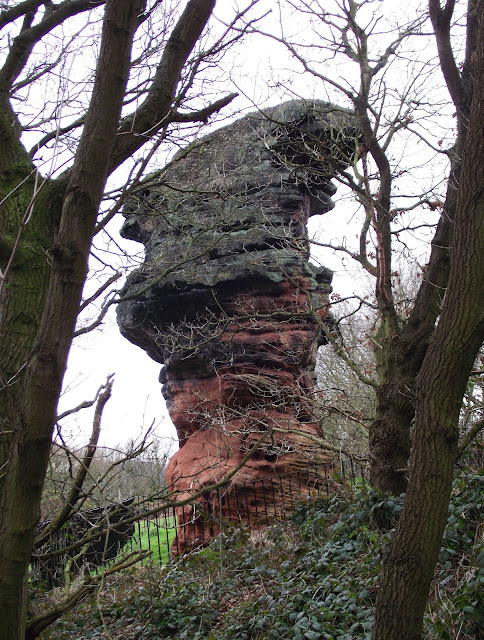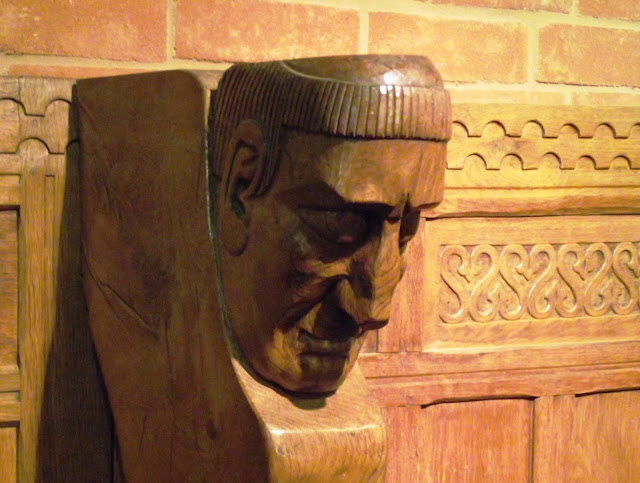
In response to crowded churchyards and urban population increase, private enterprise developed new cemeteries from the 1830s. The cholera epidemics of early that decade, and in the late 1840s, led to the introduction of the Burial Acts, which established much-needed public cemeteries in all major urban areas of Britain.
Brandwood End Cemetery, near Kings Heath, five miles south of Birmingham city centre, was laid out on what had previously been farmland, acquired in 1895. It was opened in 1899, thereby just squeaking into being a Victorian cemetery, and is laid out in the classic pattern for these - a central, tree-lined drive, with pathways at right angles to this.

The cemetery has a Grade II listing, yet the twin mortuary chapels are in a state of serious disrepair. Built of red brick and terracotta, these were designed by Brewin Holmes, and are essentially Gothic, although boast Art Nouveau touches.

The ever divisive nature of religion is reflected in the fact that one chapel was Anglican and the other Non-Conformist. However, the two chapels are conjoined by a common
porte-cochère, topped by a tower and spire. And, of course, everyone ended up in the same earth.
Although thought of as classically Victorian, the angels that grace a number of the graves nearest to the mortuary chapels are, in fact, Edwardian, and are generally of Italian marble.




















